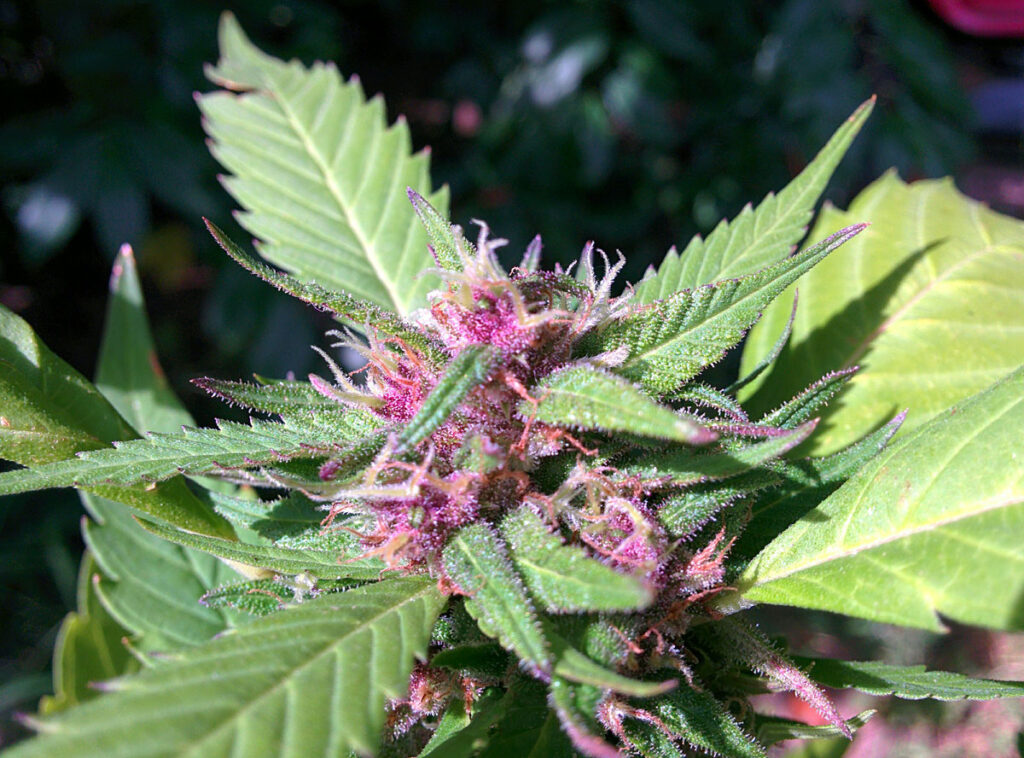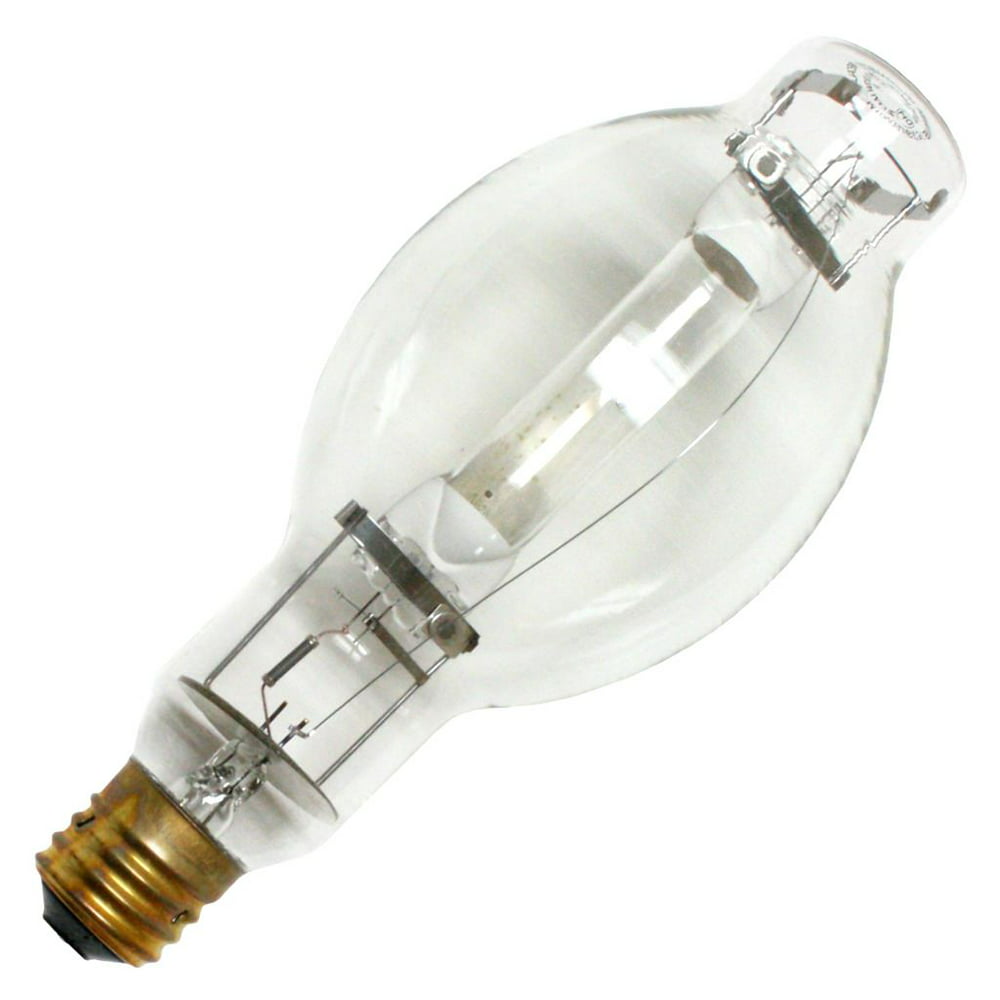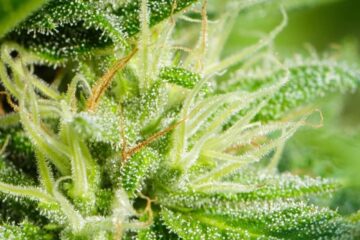Daily scouting checks are essential to confirm your crops are healthy and free of pests, pathogens, and molds. Preparation and prevention are always better than reacting and responding. Understanding optimal growing conditions are necessary, and monitoring, documenting, and regulating your temperatures, humidity, and ventilation in indoor facilities are key.

Make sure your ventilation and exhaust system are up to standards and ensure negative pressure in your facility. Environmental controls can help to keep your crop from all the killers – pests, pathogens, molds, rot, etc. Controlling airflow and maintaining your canopy is extremely important for limiting mold growth and pest infestations. Investing in HEPA filtered air systems and having strict cross-contamination protocols can help your facility and crop stay clean.
If you haven’t already, take a good look into Integrated Pest Manangement (IPM). IPM is an essential strategy used by commercial agriculture growers with specific protocols to prevent pest outbreaks by using the life cycles of the pest in a certain environment to identify, manage, and eliminate them before the outbreak becomes too large to control.
By Implementing IPM Protocols it shows that you are being proactive about the health and safety of your product, your team, your facility, and your community. Outbreaks of pests can be significantly damaging at a large scale if they begin to spread.
Understanding how your plants grow or the different phase of growth in cannabis, and the ideal environment for each phase will help you to keep your crop healthy. Crop maintenance involves canopy manage ment, checking your ph levels in your water and mediums, nutrient levels, and electrical conductivity (EC).
It is also important to consider flushing your product before harvest, as well as establishing more robust drying and curing procedures. Stay on top of your metrics and you’ll have your plants talking to you in no time.
Another important step in caring for your inventory is testing. Stay up to date on what your government and possibly EU/GMP Protocols that may be required of you. And be aware of cannabis news in regard to health and safety for example microbial testing.
The most common hazards in cultivation operations include slips, trips, and falls, potential water and electrical interactions indoors, repetitive-motion injuries, lighting, and exposure to molds, pesticides, and other various chemicals. Molds and Pesticides can be transmitted by improper entrance and visiting protocols. The Most common infections or infestations are from allowing “Farm Visits. I used to do these, until I learned my Lesson!
Proper “Visiting Dress like wearing shoe condoms and proper cleansing prior to entrance is a Great Practice. Or Not at all!! I do not allow visitors to my Farms. No one knows more than I how easy it is to spread a mold. Train your team on these hazards, how to identify, and remedy them to create a safe environment.
Using your job hazard analysis, create a solid workplace safety plan. Remember, Electricity is a real Hazard. Identifying hazards, preventing and controlling hazards, and employee training is very important. When Thousands even Millions of Dollars are invested. This is not for fun..
How will you prevent unauthorized entrance, theft, and diversion?
You need commercial locks, alarm systems, and surveillance systems. To detect early, provide real-time notices, replay footage, be secure within itself, and be visible.
Alarm systems help to prevent unauthorized entry and include motion sensors, glass breaks, panic, holdup, and distress alarms that notify local law enforcement, and motion sensor lighting. Surveillance systems help to deter theft and diversion and include cameras and recording devices. When it comes to camera coverage, make sure you cover all entrances and exits, all room transfers, and any areas where cannabis is handled, stored, or disposed of.
Make sure the quality of the camera is high resolution, has sufficient lighting, displays the date and time, and footage is recorded in real-time. Recording devices typically need to be able to store at least 30-60 days of footage.
Cleaning, sanitation, and disinfection are all critical parts of creating a safe and healthy working environment. Employee hygiene, including washing hands between all activities, plays a significant part in preventing contamination of your product and grow areas. Discuss and implement necessary health and sanitation protocols, require agricultural uniforms and PPE, and establish additional requirements to ensure employees aren’t bringing pests or pathogens onto the premises.
Storing your cannabis in an efficient, clean, dry, and pest-free area is essential, also properly maintaining all surfaces, grounds, equipment, employee hygiene, and storage areas.
For all growers — indoor, outdoor, or greenhouse — maintaining your ‘outside the grow’ space is almost as important, if not more, than your growing space. A significant amount of cross-contamination comes from the outdoor world infiltrating your secure and clean growing spaces. Regularly maintain the lawn, trees, and vegetation around your facilities.
Cross-contamination can come from other places as well. It can come from your soil, water, coco coir, nutrients, compost, and fertilizers. Think about what you use to clean your surfaces, your raw materials, and the last time you cleaned your ventilation system. Consider what other farms are nearby, what crops they have, what pesticides they may be spraying, and where possible drift could occur.
Vertical farming has its pros and cons, but can allow for more sustainable practices. Not only are you able to maximize your space, but it can be more conducive to capturing and reusing your water.
Lighting

Lighting is another major component to consider. Over the years the debate over high-pressure sodium (HPS) 1000-watt bulbs vs light-emitting diodes (LEDs) for cannabis has continued…but there’s no debate on which uses less energy.
The cannabis cultivation space has inspired incredible advancement in lighting technology since most of the growing is indoors due to regulatory restrictions. Using the right lights can not only decrease your energy and electrical use, but it may also increase your yields.
Let’s start at the beginning: make sure your start-up crop (seeds and clones) are healthy and come from a reliable source. Vet all your suppliers and distributors and ask questions about the products you are bringing into your facility, cannabis or otherwise. Determine if you would rather start from seed or clone. Typically, if you want to avoid genetic health issues within your crop, starting from seed is likely a safer bet. Once you have your crop started though, and you know what your plants are doing, starting from clone can be more efficient.
Understanding how plants grow, the different phases of growth in cannabis, and the ideal environment for them will help you to keep your crop healthy. Crop maintenance involves canopy management, checking pH, nutrient levels, and electrical conductivity.
It’s also important to consider flushing your product before harvest, as well as establishing more robust drying and curing procedures. Stay on top of your metrics and you’ll have your plants talking to you in no time.
Good record keeping will not only keep you organized, but it will also help to show local and state regulators that you are maintaining compliance. This includes records for processes, licensing applications, inventory control, pesticide application, surveillance, employees, testing, transfers, transactions, financials and so much more.
Make sure you invest in a secure document storage system that is organized and maintained in a way that you can find records easily in the event your agency requests them, and that it is secure from unauthorized access.
It can be difficult to put pen to paper, but we need to find a way. Standard Operating Procedures (SOPs) are the most useful tool for redundancy (security of your operations), task management (understanding workflows), agility (ever-changing regulations and market competition), and accountability (managed by a process).
Insects, powdery mildew, mites, over-watering, theft, spray damage, airy colas, low potency, high costs, weighing errors, nutrient deficiencies, low yields and, of course, messages left by regulators. These are the devils every grower must address, and the only question is will they address them before they happen or after they sneak up and surprise everyone?

Risk management is the practice of avoiding surprises and mitigating the ones that do occur. Its goal is ensuring a shop can run no matter the circumstances and no matter who is on the floor. Regardless of who developed the cultivation process, the operation depends on everyone following that process down to the details. In a high turnover labor market, ensuring consistency and preventing errors is a challenge that standard operating procedures (SOPs) are especially well-designed to meet.
SOPs describe the details of every task performed inside the operation right down to the hand-washing manual. If that makes you chuckle, recognize that hospitals still post hand-washing procedures today, so that should tell us something about what it takes to get a message across and keep it in the front of the staff’s mind while they hustle through their day.
SOPs are an education and communication tool that allows an entire operation to learn the process and discuss it with others to keep things running smoothly. The payback is blessed, mind-numbing calm and confidence in operations, along with a better bottom line.
When people think about SOPs they generally think about how to mix nutrients or take cuttings. Those procedures do form the bulk of an SOP package, but the most important SOPs have nothing to do with plants, but everything to do with effective management.
The foundational SOP for us is workflow and schedule because it describes what plants move from where, to where, when and by whom. Workflow also outlines all of the tasks involved in growing plants. Add plant size into the discussion and you can predict plant capacity, yield potential and labor demand, which makes workflow a pretty powerful business tool.
After investing in a revenue engine like this, the engine must be protected, and the most important protection it needs is from the operators themselves. Change (and not small change) is common in the cannabis industry, and change opens the door to mistakes, so managing it is essential. A solid business case helps make change-driven decisions, and detailed planning and implementation by management ensures revenue won’t skip a beat.
Feedback characterizes how well a procedure is being performed, and that data is the basis for managing the process. Yield, percent of cuttings that root out, pest pressure, plant kills due to disease and such provide an objective view of the operation’s health, good, bad or ugly.
Education is not usually thought of as a form of protection, but it is, as it protects against false facts and sloppy thinking. The more common knowledge you have, the less stress there is between people because they can communicate in a common tongue. That tongue is set down in the SOPs.
The bulk of an SOP package is made up of task descriptions identified in the workflow, such as: take cuttings, sanitize trays, perform apical pinch and assign work schedules. Understanding each step in these tasks as well as how to control the variables in them is the foundation for developing an effective SOP.
That seemingly large chore can be organized using a technique used developing service diagnostics for printers. All of the moving parts inside a printer are like variables in a task. Look at all the moving parts (variables) inside the task and ask of each, “what if it slows down, wobbles or stops … what happens to the output?” If you don’t like the answer you come up with, that is a part, or variable, you need to pay attention to and manage. Figure out what needs to be done to keep the part from slowing down, wobbling or stopping, and document those steps in the SOP.
Doing this with the hundreds of tasks involved in cultivation produces a mountain of information that needs to be reviewed, assembled and tested for accuracy. But when that is done, the outcome is the current “how-to” guide for the operation. Remember to include regulations and worker-safety tasks in your SOPs; they move, too.
Indeed, there is no value to SOPs that sit on a shelf. SOPs are an organizing tool and, when used actively to educate people, they can have a powerful effect.
Educate, Educate, Educate- Employee Training is extremely Important
SOPs are meant to be short and sweet, so they purposely exclude background as to why they are what they are. The horticultural and operations knowledge that goes into writing them are beyond the scope of the typical worker, but even as an operator focuses workers on their tasks, they also recognize the value of everyone having the same basic understanding of the technical and operational background behind the SOPs.
This is why I recommend new employees receive a detailed overview of the SOPs when they come on board. Some growers like to only let staff see SOPs they are responsible for performing, and we think that is shortsighted. Focusing on the task at hand is a great start, but adding some basic background in plant science and operations management so staff understands how everything fits together can give them a better appreciation for the SOPs they perform, as well as the problems prevented.
Your SOPs should outline your strategy for pest prevention and management, from facility design features to daily routines, including production processes, workflow, change management strategies (such as for testing a change in nutrient levels) and more.
Change
Production is often viewed as static, but in fact, production processes are subjected to a lot of change especially during new facility startups. The problem with change is that every change is an opportunity for error. This is why IT teams can spend months planning a 20-minute migration of a mission-critical database to new server hardware.
Every SOP package we write has a Change Management SOP. Simple or complex, the goal of change management is to validate proposed changes, and then to plan and execute their integration into the production process. If someone wants to change a nutrient level, the change-validation process may require trials to demonstrate the value of the change and to prove the change will have no negative impact.
Management
An important element of SOPs is feedback. Not just task descriptors, SOPs also need to produce information to answer the question of: How are things going? The number of cuttings of each strain shipped from the propagation room this week is a performance metric that provides a clear-eyed view of how that propagation room is performing. Additional metrics like the number of pests found on cuttings provides more insight. In aggregate, metrics paint a picture of operational health, and they also provide the explanation behind why the picture looks the way it does.
When that picture is not so rosy, problem-management is a particularly useful tool to make sure all production problems are properly communicated and managed. I have seen more than one operation where known problems were not managed in a timely fashion, with predictably unpleasant results.
SOPs need to specify what data should be observed and tracked, and how it should be applied to daily operations.
Don’t Miss These Requirements
Key design requirements for facilities come from the plants and from state regulations. Miss them the first time around and you get to spend a lot more money to add them in later. SOPs contain all of the parameters that control plant growth. Not having them on hand when starting facility selection and design is like a coach walking onto the sidelines without a game plan.
Pesticide restrictions on Cannabis are a good example of regulation placing demands on the facility. While the list of pesticides that growers can use is stabilizing around so called “minimal risk” pesticides, they are not effective as anything more than preventive treatments. Cannabis is unlike other crops where failure to kill off an outbreak with one pesticide means you move to the next pesticide. If you allow an outbreak to occur, your yield, if not your entire crop is in jeopardy.
Could better exclusionary tactics have prevented this, better environmental controls or just more diligence in scouting for pests? Your SOPs should outline your strategy for pest prevention and management, from facility design features to daily routines.
SOPs are a lot of work, and some look at them as regulatory burdens. However, when an error occurs and is understood, operators we have worked with figure out what happened and then put a policy in place to prevent it from happening again. They not only already know the value of that SOP, they also know the cost of not creating SOPs for other critical areas.
Structure, rigor and accountability are serious tools for serious business.
Kevin


